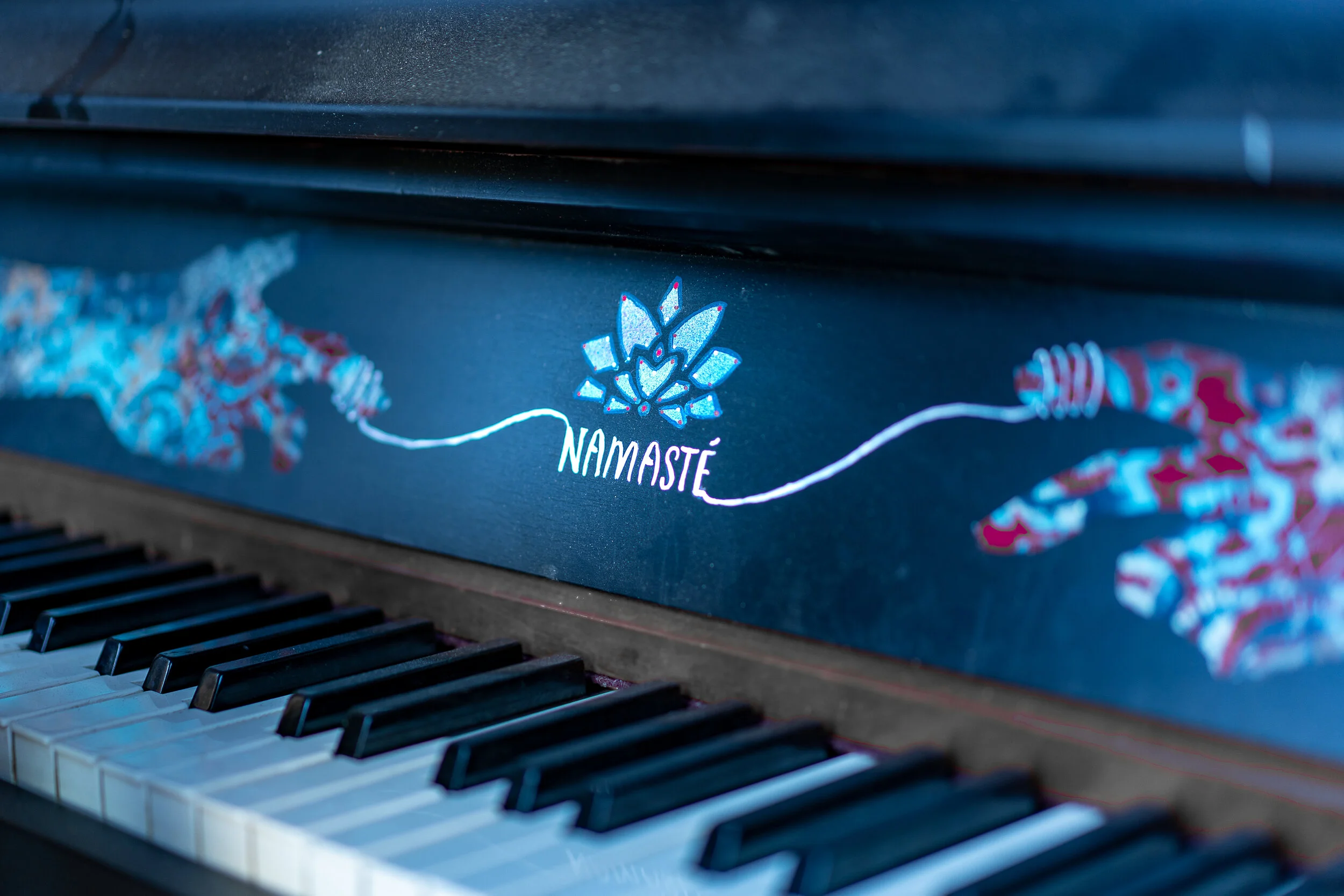
We make your piano easier to play so you can truly enjoy your music.
A-440
Your piano is designed to sound its best when it is tuned to A-440, the international pitch standard. At this pitch, power and tonal range are optimum and your piano will match the pitch of other instruments. When your piano varies from A-440, pitch adjustments are required to bring it back to standard. By always maintaining your piano at standard pitch, you create long-term tuning stability because the strings and structure stay in equilibrium. You also ensure proper ear training because you always hear your music in the correct key. An average piano should be tuned at least once a year to maintain an A-440 tuning. If it is not tuned regularly it will run the risk of falling out of pitch.
Why does a piano’s pitch change
The main cause of pitch change is annual climate change. The piano’s main acoustical structure, the soundboard, is made of wood. While wooden soundboards produce a wonderful sound, they also react constantly to annual climate changes. As the relative humidity goes up, the soundboard swells, increasing its crowned shape and stretching the piano’s strings to a higher pitch. Then during dry times the soundboard flattens out, lowering tension on the strings and causing the pitch to drop. The drop in the dry season tends to exceed the rise during humid times, so the net result is a drop in pitch each year that the piano isn’t serviced.
Our services
Tuning
Piano tuning is aligning the pitch of the notes of the piano. It is done by adjusting the tension of the piano's strings. Pianos go out of tune because of seasonal changes in humidity. Over time these changes can make your piano sound unpleasant, and it is no fun to play an out of tune piano. Ideally a piano should be tuned once a year.
60-90 mins | $210
Repairs
There are thousands of parts in your piano and anyone of them could need repair. Chances are we will be able to repair them during our visit. An estimate for repair will only be given after the piano has been appraised in person, usually during the first ten minutes of the tuning appointment. If you know your piano requires a repair please mention it when scheduling your appointment.
Pitch Raise
If a piano has gone without tuning for an extended period, its pitch may have dropped far below A-440. This means that each of its approximately 220 strings needs to be tightened considerably, adding tremendous additional tension to the piano’s structure. The problem is that as each string is tightened, the additional load caused the pitch of previously adjusted strings to change. Thus it is impossible to make a substantial change in pitch and end up with a fine, accurate tuning in one step. A pitch raise brings all the strings to their correct average tension levels. Only then can the piano be properly tuned.
less then 10 cents 35 mins | $75 same visit as tuning
greater than 25 cents | may require two visits for a stable tuning
Cleaning
If you can write "clean me" in the dust on your piano, then a cleaning is certainly due. A dirty piano is more than an eye-sore. Years of dust buildup will cause corrosion and other damage to your piano, which is something we want to prevent. A deep cleaning will remove any dust and grime buildup on the soundboard, keys, action, and hard to reach places inside your piano.
Providing your piano with consistent, exceptional care will always be our focus at Berletti Piano. At each of our tuning service appointments, we include a light cleaning to remove the dust that has built up since the last time your piano was serviced.



